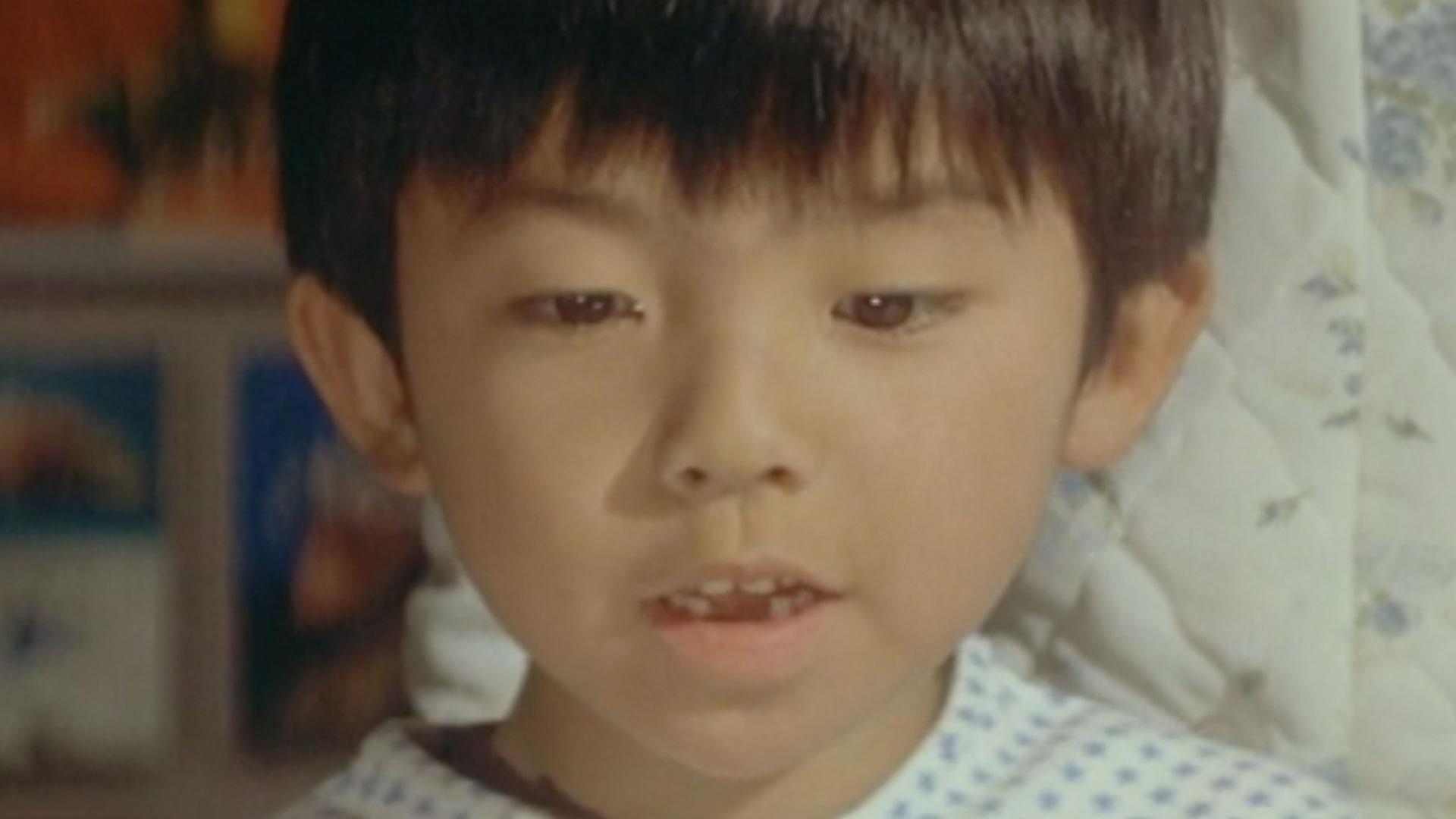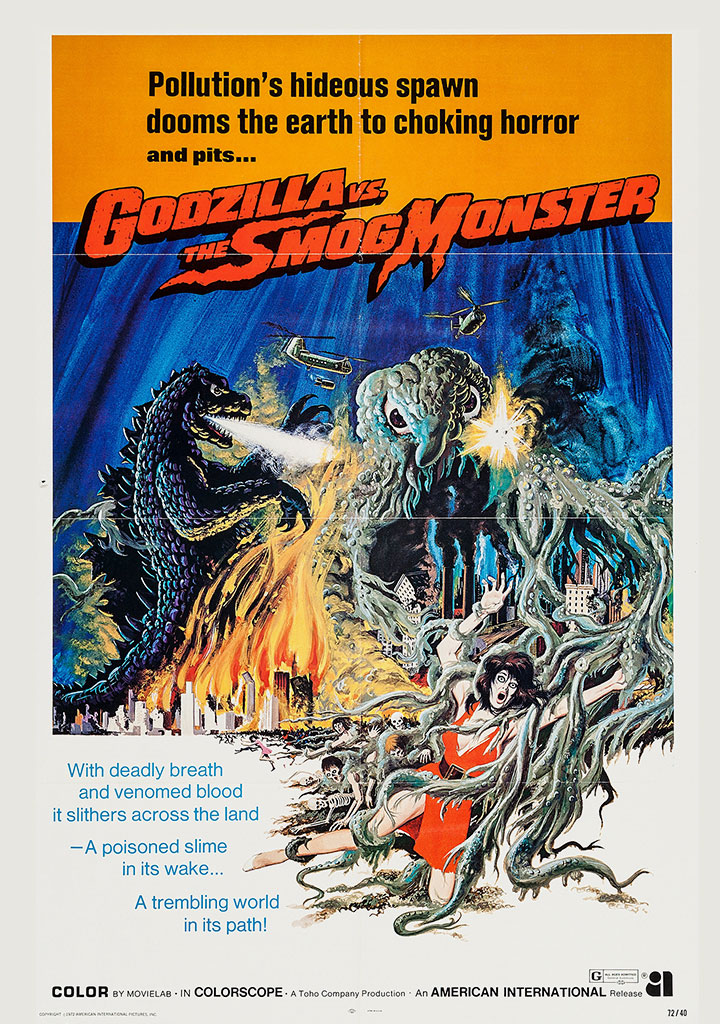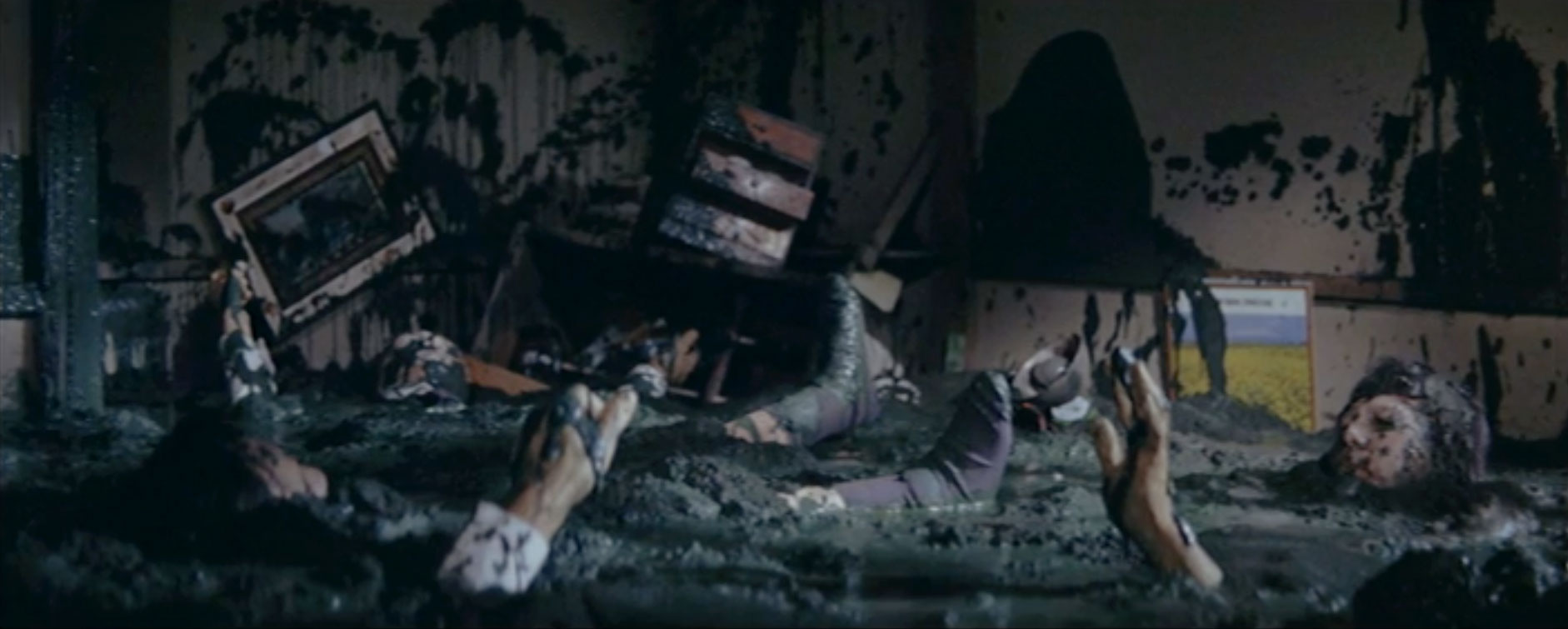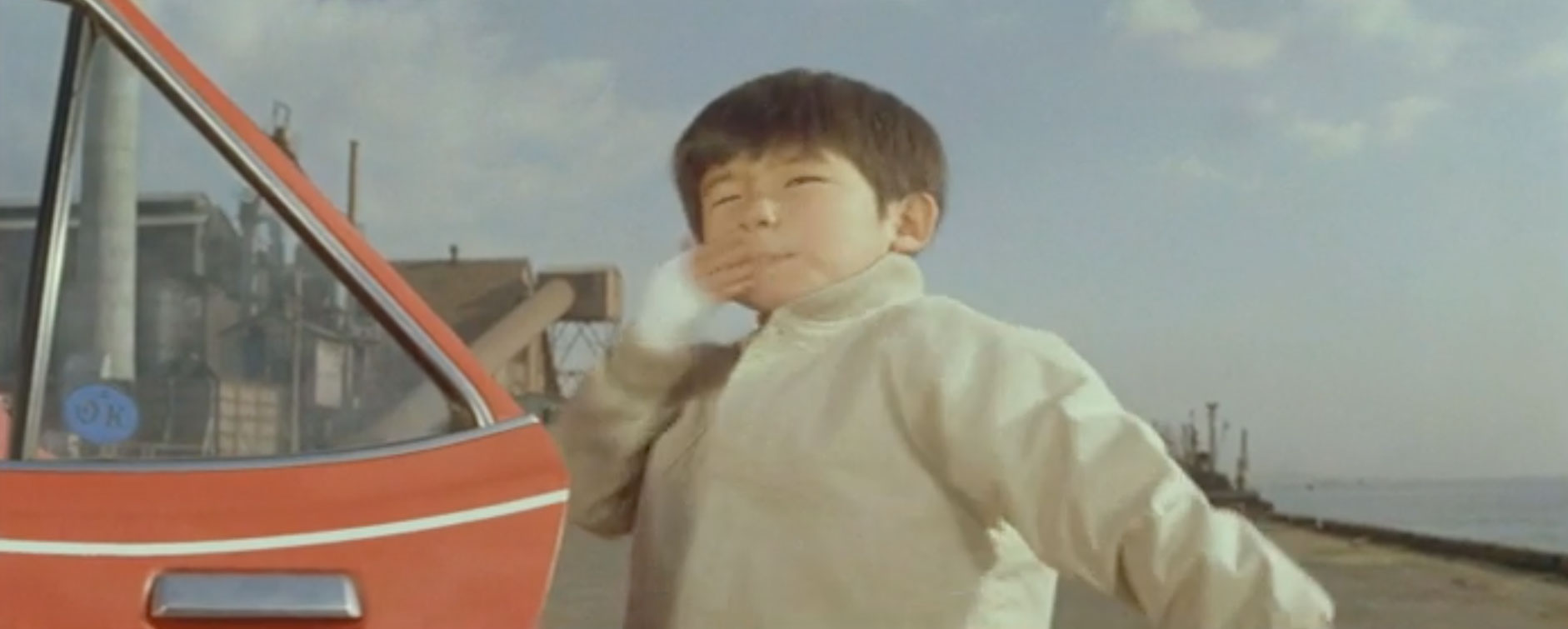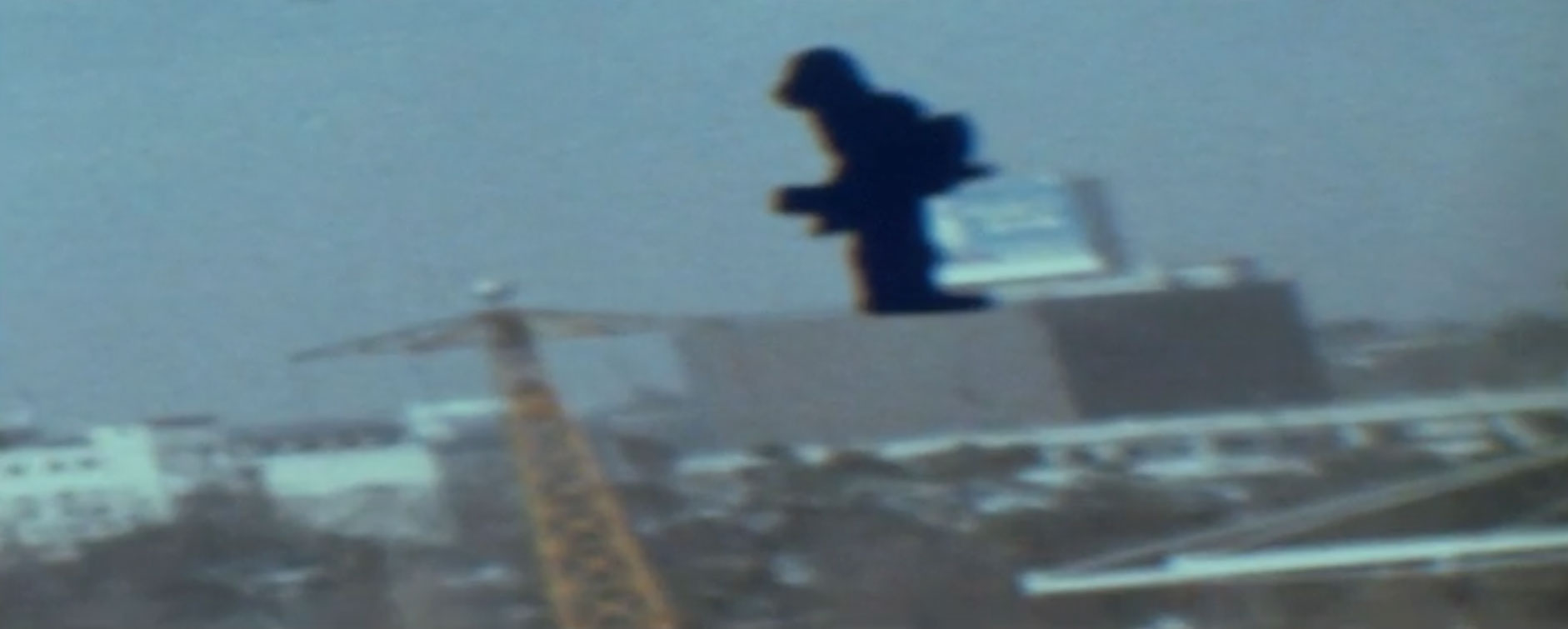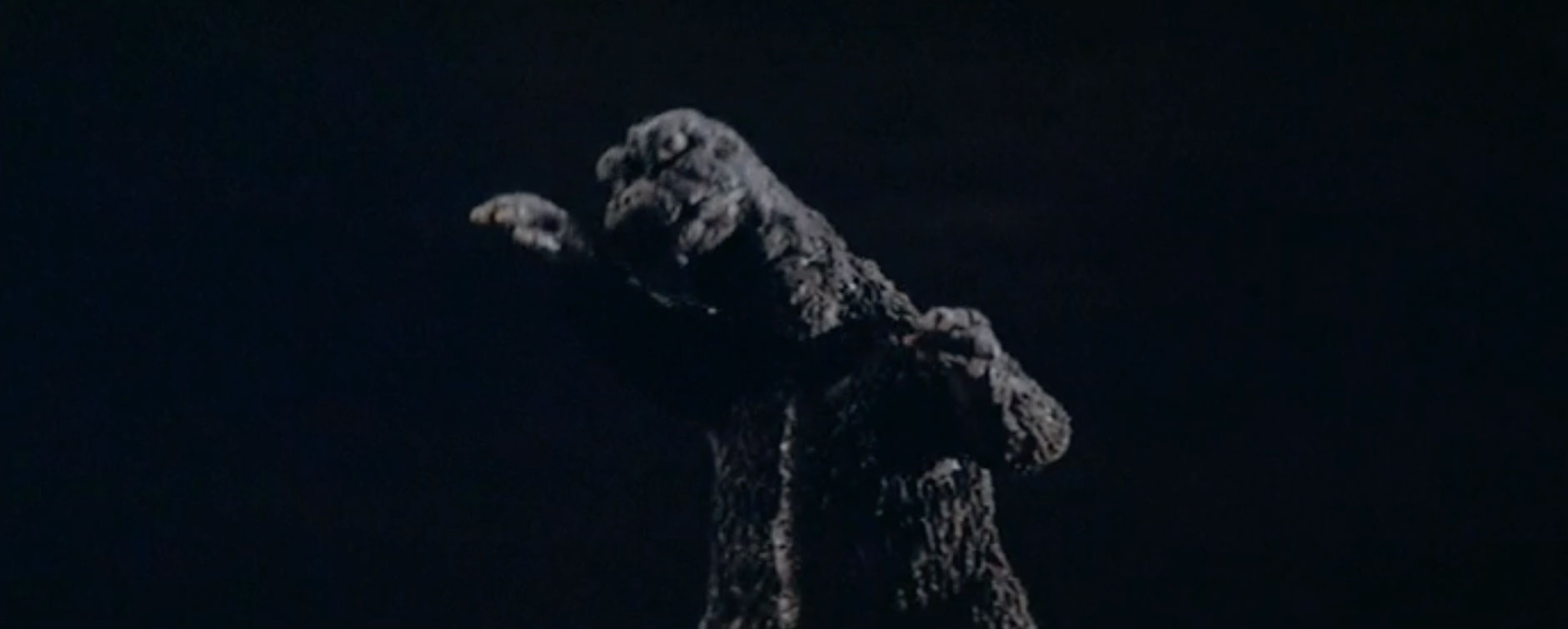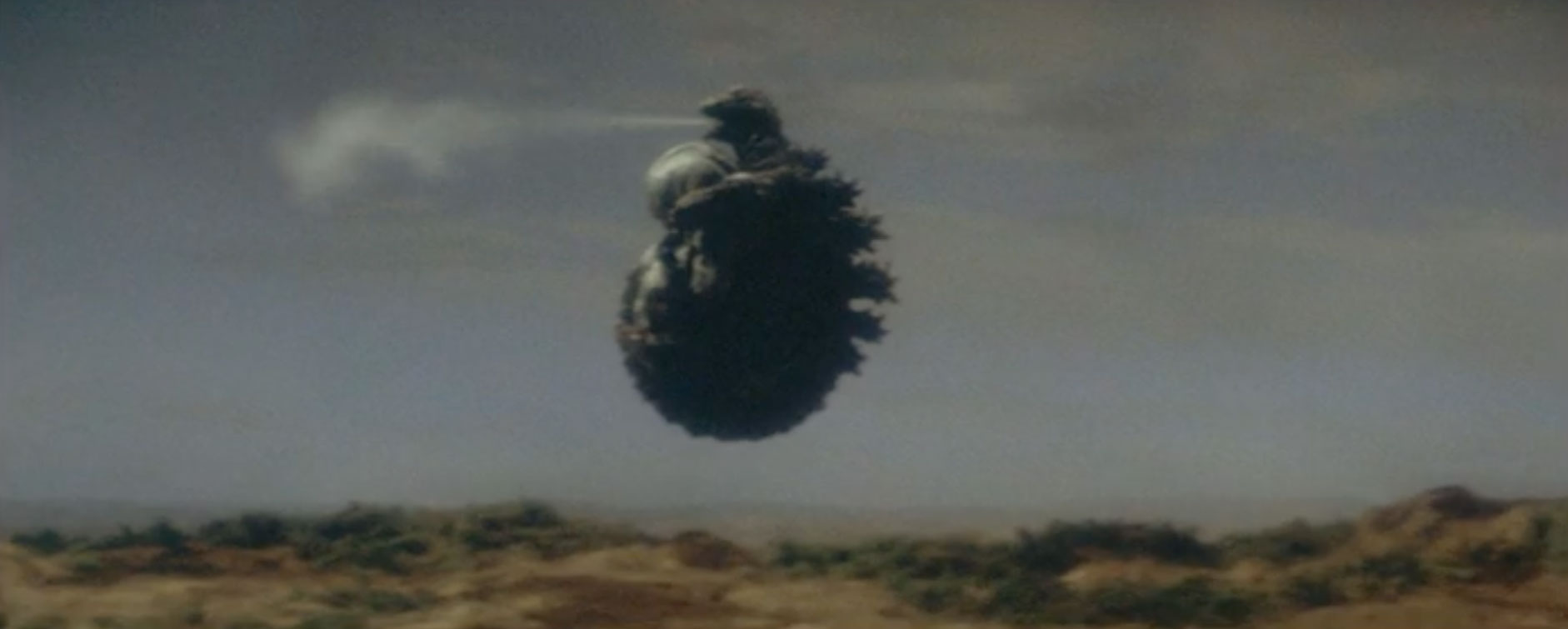10.18.2022
For me, Godzilla vs Hedorah (1971, aka Godzilla vs The Smog Monster) has aged like fine wine and gets better with time. And yes, I want to speak of it and call it a film rather than a movie. I watch it like I would look at art hanging on the wall of an art museum. A painting’s frame can be a distraction or an enhancement of the art it surrounds and supports. So maybe it’s time to watch Godzilla vs Hedorah from a different point of view. Let’s frame it differently. I don’t think what I am about to say has not been said already. But I’ve been intending to explore and articulate this approach to this film for sometime.
